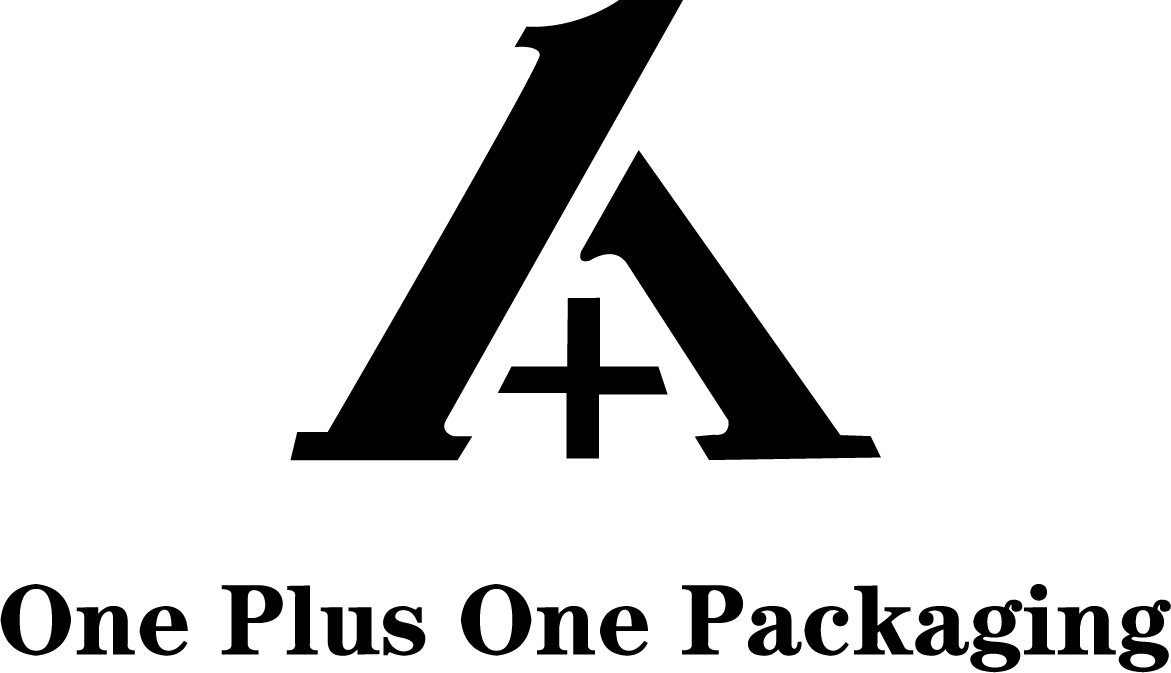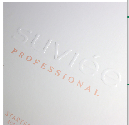la technologie d'impression 3D est un changement de jeu pour l'industrie de l'emballage maintenant parce qu'elle rend la personnalisation plus facile que jamais. L'accent étant désormais mis sur l'utilisation de la technologie pour la fabrication des emballages, l'impression 3D sert d'outil pour les entreprises afin de créer non seulement des emballages sur mesure axés sur le client, mais également d'améliorer la présentation globale du produit. Ce blog vise à souligner l'importance de la technologie 3D dans l'emballage, son utilité et les perspectives de transformation de l'industrie.
L'essor de l'impression 3D dans les emballages
La fabrication additive, ou l'impression 3D, est une technologie basée sur la superposition. Comme son nom l'indique, dans cette procédure, des objets tridimensionnels sont créés en couches en utilisant un modèle numérique. Les entreprises d'emballage peuvent désormais fabriquer des produits emballés sur mesure à l'aide de cette technologie. Cela signifie que les entreprises ont maintenant la possibilité de créer des emballages sur mesure accrocheurs qui ne sont limités qu'à l'imagination. Cela est d'une grande valeur pour les industries cosmétiques, alimentaires et électroniques, qui s'enrichissent grâce à la marque et à la présentation des produits.
Les avantages de l'emballage sur mesure
L'utilisation de la technologie 3D pour l'emballage a beaucoup à offrir en matière de personnalisation. Les entreprises peuvent développer des emballages aux dimensions spécifiques pour leurs produits afin de garantir qu'aucun espace n'est gaspillé et d'accroître l'efficacité. En outre, le déballage des emballages sur mesure peut être agréable et mémorable pour les consommateurs. Une telle personnalisation peut améliorer la satisfaction des clients, ce qui augmente leur fidélité et leurs ventes. En outre, l'impression 3D aide à la prototypage rapide, ce qui aide les entreprises à tester leurs conceptions d'emballages avant la production de masse.
Durabilité et Coût-Efficacité
L'impact environnemental est un problème que beaucoup d'entreprises cherchent à minimiser. La réduction des déchets d'impression 3D, l'utilisation de matériaux durables et la facilitation de l'utilisation de matériaux respectueux de l'environnement contribuent tous à des solutions d'emballage durables d'impression 3D. L'impression 3D peut grandement améliorer les méthodes d'emballage préexistantes, car elles laissent souvent derrière elles des matériaux d'emballage qui dépassent le besoin. Les entreprises ne peuvent produire que ce qui est nécessaire. Bien que l'investissement dans la technologie d'impression 3D puisse coûter cher, il sera bénéfique à long terme d'économiser des matériaux et de la main-d'œuvre.
Applications et études de cas par secteur
Des entreprises de nombreux secteurs profitent déjà de l'impression 3D dans le secteur de l'emballage. Par exemple, une récente adoption d'un service d'impression 3D a montré une ligne d'emballage pour soins de la peau d'une entreprise de cosmétiques, qui a été conçue pour accroître la notoriété de la marque et les clients. De manière similaire, un service d'impression 3D a été adopté par une entreprise pour créer des emballages pour les coquilles imprimées en 3D afin de maintenir sa fraîcheur interne et d'éviter les pertes de coffre-fort.
Les développements futurs des emballages imprimés en 3D
Nous nous attendons à des changements pour le mieux dans la technologie d'impression 3D, en particulier pour ses applications d'emballage. Des progrès seront probablement réalisés en ce qui concerne le taux d'impression, les dépenses et le passage à des matériaux plus écologiques. En outre, l'impression 3D de matériaux jusqu'alors imprimables constitue une nouvelle frontière pour la mise en œuvre de l'impression 3D dans la conception utilisant l'intelligence artificielle, ce qui permettrait en même temps au client de s'attendre à des ajouts et des modifications rendant à une personn L'impression 3D des matériaux d'emballage aura probablement lieu à mesure que les tendances de personnalisation et de personnalisation des clients se poursuivront.
En résumé, l'impression 3D est en train de faire de grands changements dans l'industrie de l'emballage en offrant une personnalisation, une durabilité et des coûts plus bas. Il y a une énorme opportunité d'intégrer l'impression 3D dans l'identité de marque et l'interaction des consommateurs. Il ne fait aucun doute que l'industrie va connaître des changements remarquables et que les progrès de la technologie d'impression 3D y joueront un rôle central.

